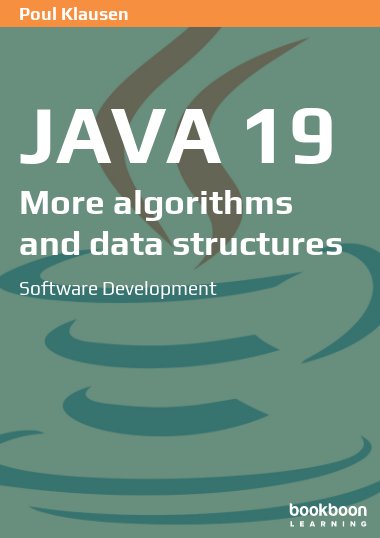The book focus on algorithm paradigms including classic algorithms written in Java. Several data structures are described and implemented, including red-black binary tree, B-tree and B+ tree. A part of the book deals with graphs and classic graph.
Click here to download the source files from this book.

